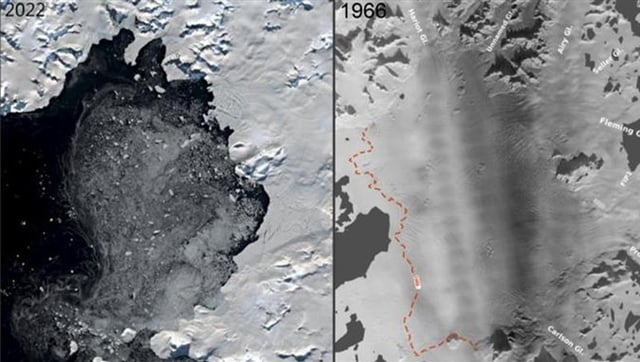Overview
- Researchers used structure-from-motion photogrammetry on 1966 aerial photographs combined with modern satellite imagery to build the first continuous multidecadal record of ice shelf collapse.
- They found that rising sea temperatures driving basal melting under the floating ice shelf were the principal cause of the Wordie Ice Shelf’s disintegration, overturning earlier assumptions about surface melt.
- The study reveals that once initiated, ice shelf collapse unfolds over a longer timescale than previously believed, making recovery increasingly difficult.
- Results send an unambiguous signal to prioritize immediate greenhouse gas emissions reductions to slow future Antarctic ice loss.
- The methodology and findings offer a tool to assess the stability of larger shelves like Ronne and Ross, which contain enough ice to raise global sea levels by as much as five meters if they collapse.
